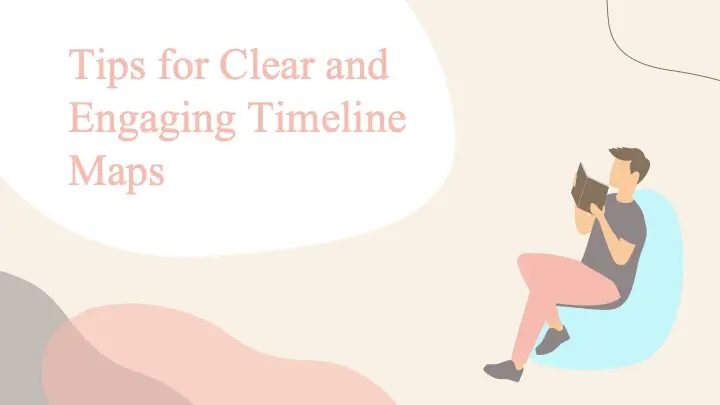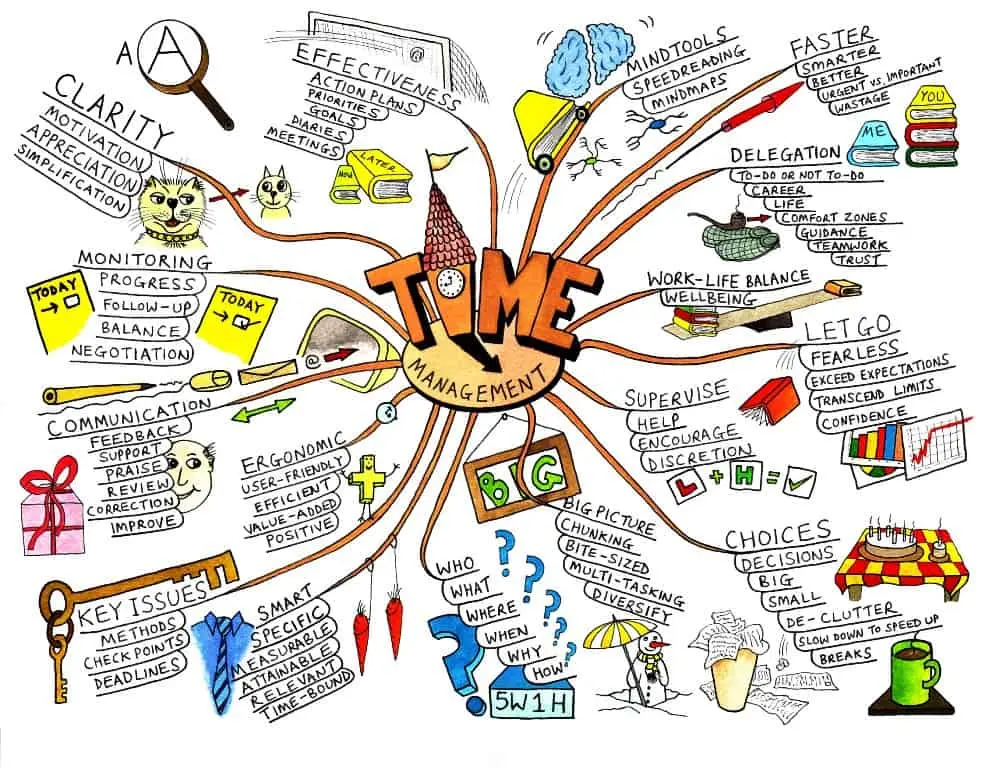
Tips for Clear and Engaging Timeline Maps
Discover tips for creating clear and engaging timeline maps to effectively organize and visualize project milestones, deadlines, and event schedules.
Education Consultant
![Creating and Mastering Timeline Mind Maps for Strategic Planning [2024 Guide]](/_astro/截屏2024-08-08 下午6.13.35.CZ2C7gXY_iJ2SN.webp)
Timeline mind maps are dynamic tools that merge the visual elements of traditional mind maps with the organized sequence of timelines. This combination significantly boosts both personal and professional planning, simplifying the visualization of event progression or tasks. This guide delves into effective techniques for crafting powerful timeline mind maps, which can revolutionize your approach to project management, learning, and personal growth.
Unlike standard mind maps, timeline mind maps are organized along a temporal axis, meticulously marking events in a chronological order. This format is incredibly beneficial for projects that require a clear grasp of time-sensitive milestones or historical events, making it an essential tool for chronological planning.
The linear structure of timeline mind maps makes them perfect for monitoring project progress and dependencies. They provide a clear view of past, present, and future activities, thus boosting accountability and enhancing forecasting in project management.

from: 10 Really Cool Mind Mapping Examples | MindMaps Unleashed
Start by clearly defining the scope of your project. Determine what the main goals of your timeline mind map are, whether it’s outlining a project’s phases, historical events, or steps in a personal plan. Understanding your end goal from the outset will help maintain focus and relevance throughout the mind mapping process.
Before you begin crafting your mind map, collect all necessary data. This should include dates, key events, milestones, and any relevant tasks. Having this information organized in advance facilitates smoother mapping and ensures comprehensive coverage of all critical points
Selecting the right tools is crucial for creating an effective timeline mind map. Consider platforms like MindMeister and XMind, both of which offer robust features tailored to various needs—be it educational purposes, business projects, or personal planning. These timeline visualization tools allow for detailed chronological representations, enhancing the utility of your mind maps.
_1TG17R.webp)
To enhance the readability of your timeline mind map, employ color coding and symbols strategically. Assign specific colors to different categories of tasks or events, such as using blue for deadlines and red for meetings, to create a visual distinction that can be understood at a glance. Additionally, integrate symbols to represent various actions or statuses—like a check mark for completed tasks or a star for key milestones. This method not only speeds up the identification process but also facilitates easier comprehension of complex information by providing a clear, organized visual hierarchy.
In complex timeline mind maps, particularly in collaborative environments or large projects, the use of filters and layers becomes invaluable. By applying filters, you can display only the information relevant to a specific team or phase of the project, reducing clutter and focusing attention where it’s needed most. Layers can be used to add or hide detailed sub-tasks without altering the overall structure of the mind map. This layering technique allows team members to drill down into detailed views or step back to see the bigger picture, enhancing both individual and team productivity.
Integrating your timeline mind map with other digital tools can dramatically increase its utility. Connect your mind map with digital calendars to automatically update deadlines and milestones based on project progression. Link it to project management software to sync task statuses and adjust timelines dynamically. This integration ensures that everyone involved has the latest information, reducing the likelihood of miscommunications and helping to keep all team members aligned. Enhanced tool integration also supports real-time updates, which are critical for managing timelines in a fast-paced environment, ensuring that your project stays on track and adapts to any changes seamlessly.
These techniques will make your timeline mind maps not only more visually engaging but also more functional and interconnected with other project management tools, fostering a more collaborative and efficient workflow.
This type is structured around the chronological order of events and is particularly suited for history projects, legal cases, or any situation where the sequence of events is crucial. The figure below illustrates this with an example titled “How a baby develops from birth to growing up”:
_21oPYO.webp)
from: Baby Growth Timeline | EdrawMax Templates
This type is used for mapping out key milestones within a project. It helps in visualizing project phases, important deadlines, and dependencies between tasks. As you see on the sample below, it shows the the process of the project after project preparation, from the time it starts until the time it ends.
_2eySW6.webp)
from: Free Milestone Templates & Examples | EdrawMind
Suitable for educational or personal growth purposes, this type tracks the development of skills, educational milestones, or personal achievements over time. As you see on the sample below, it shows different developmental processes occur at different stages across the lifespan.
_ZwPMqG.webp)
from: Brain Development Timeline | Better Brains for Babies (bbbgeorgia.org)
As we advance in the digital age, AI technologies are playing a pivotal role in enhancing how we manage and visualize data. For project managers, educators, or creative thinkers, AI-powered tools are revolutionizing the creation of timeline mind maps.
Taskade offers a dynamic AI builder that allows you to create fully customizable timeline mind maps. You can download, edit, and share your mind maps effortlessly. It’s a fresh approach to planning and visualization, streamlining your workflows and enhancing productivity1.
Key Functions:
Limitations:
EdrawMind provides a mind map template specifically focused on the evolution of artificial intelligence. It covers early advancements, breakthroughs like deep learning, and recent technological achievements. This template is useful for understanding AI’s historical context and current state2.
Key Functions:
Limitations:
GitMind is a free AI-powered mind mapping and brainstorming app. While it’s not exclusively for timelines, it’s a versatile tool that allows you to create mind maps, project plans, flowcharts, org charts, and more.
Key Functions:
Limitations:
**Feel free to explore these options and find the one that best suits your needs! **😊

Discover tips for creating clear and engaging timeline maps to effectively organize and visualize project milestones, deadlines, and event schedules.
Education Consultant
.C5FiwSKU_Z2vm2yk.webp)
Learn how to use Timeline Mind Maps for effective event planning, organizing tasks, deadlines, and milestones to ensure a smooth and successful event.
Education Consultant
.BL6Lpomz_HzQCm.webp)
Discover how AI is transforming mind mapping, enhancing automation, and improving integration across tools for better project management and visualization.
Education Consultant